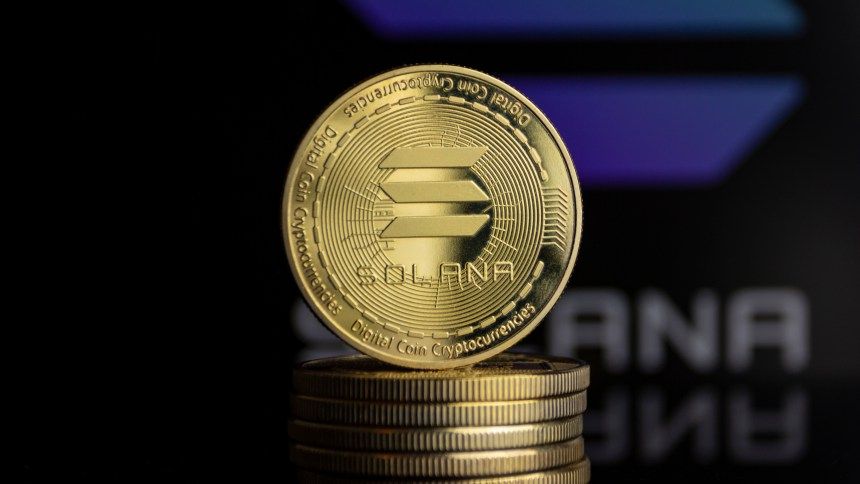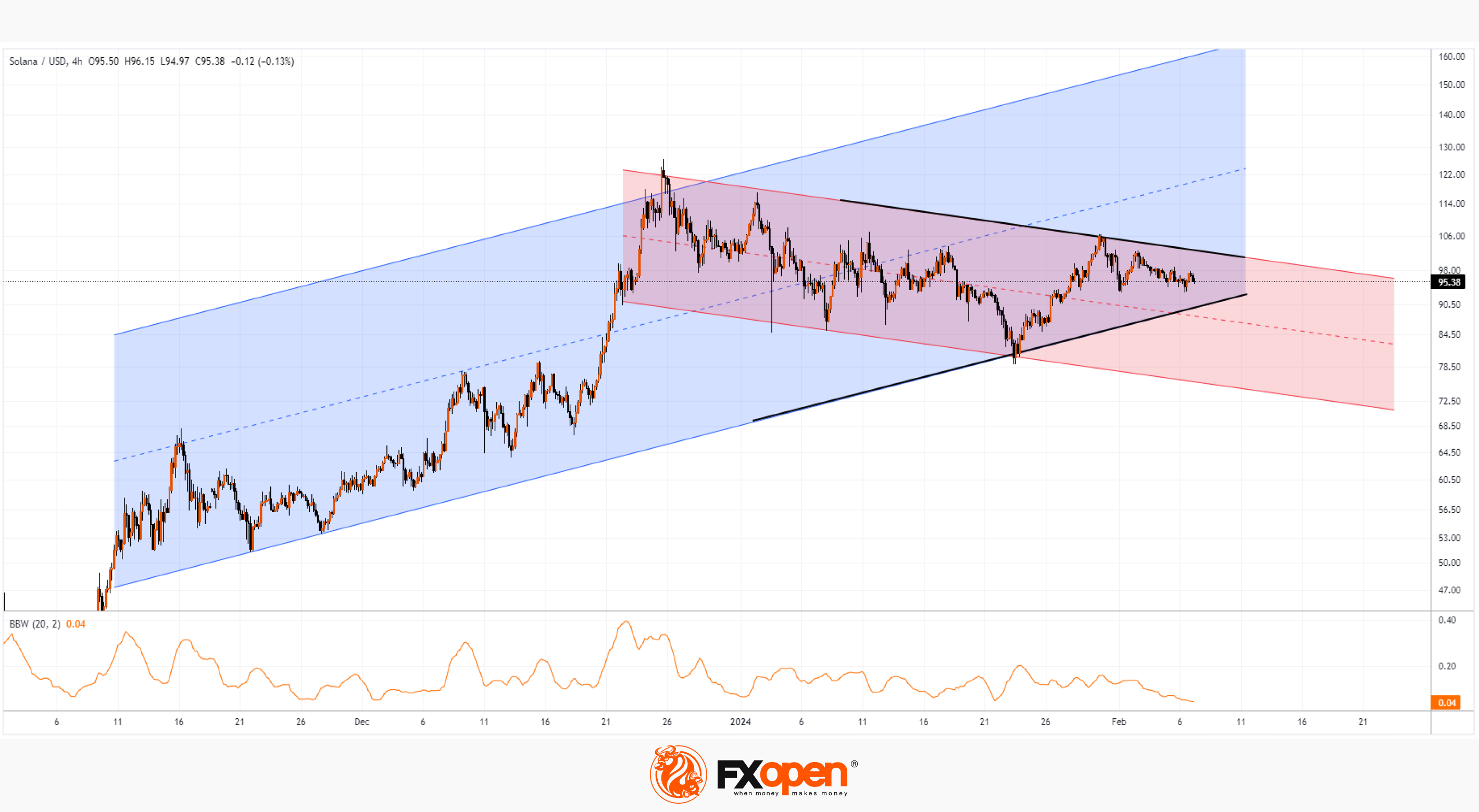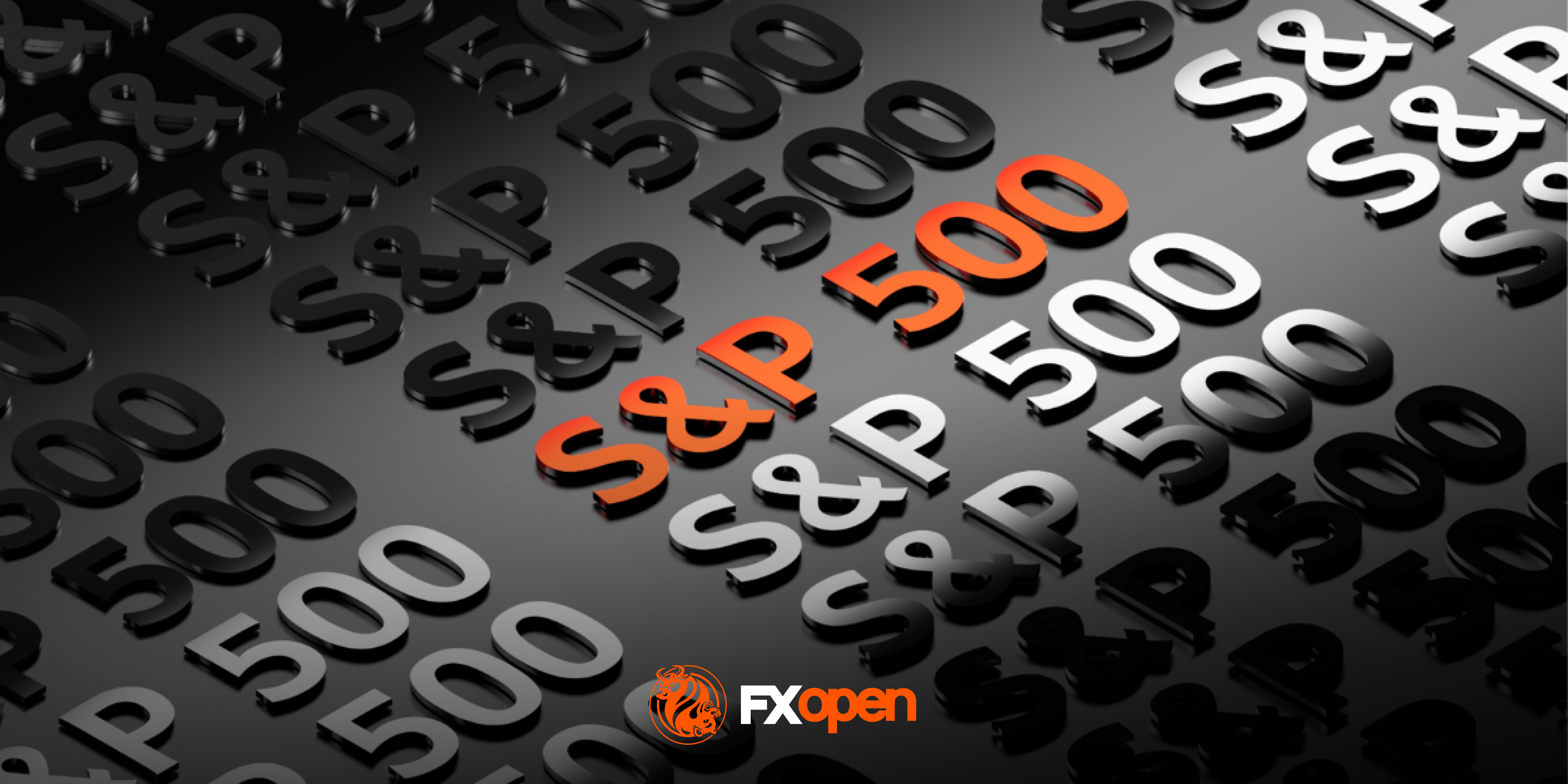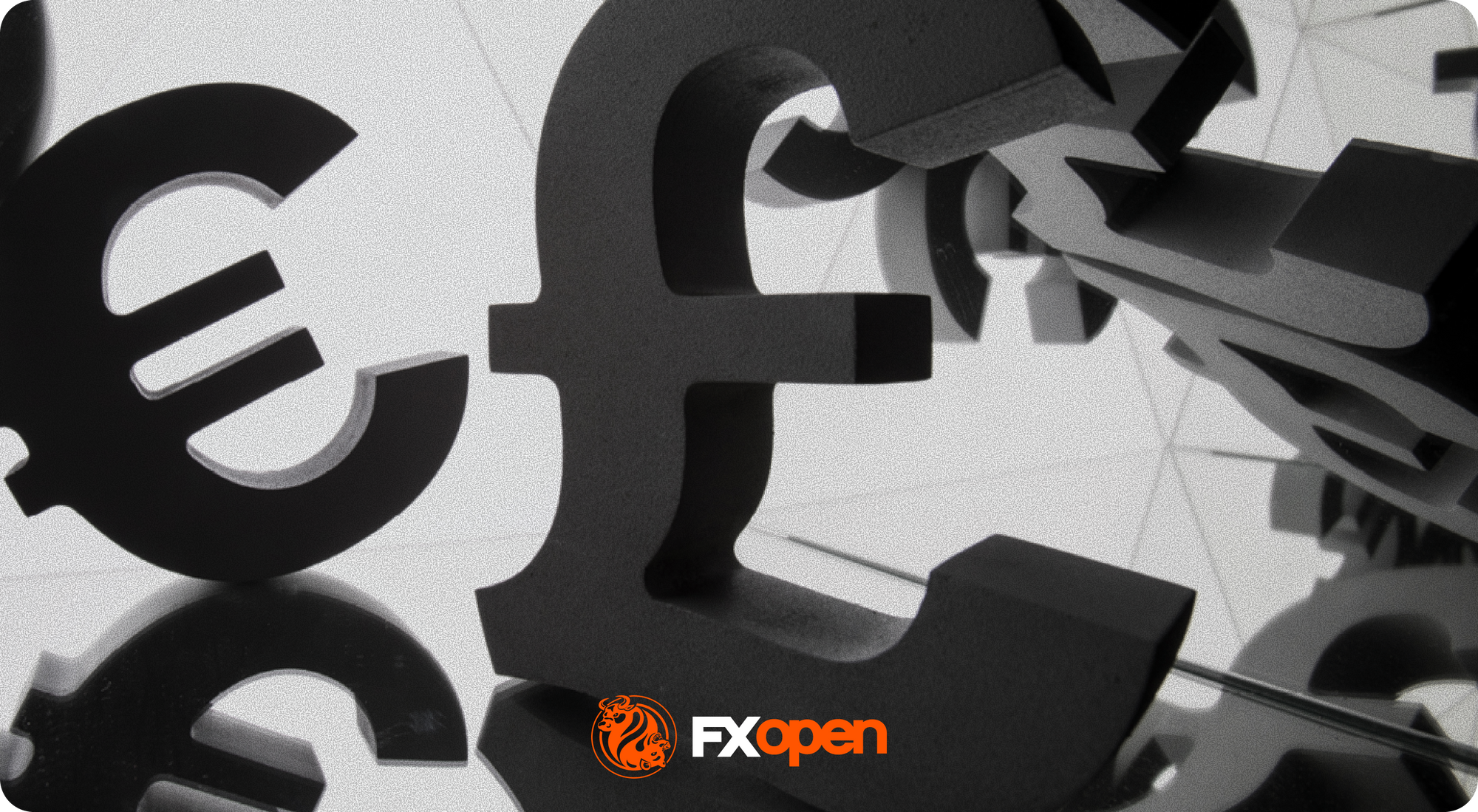FXOpen

Solana, one of the fastest-growing blockchain networks, experienced significant outages yesterday, starting around 13:00 GMT+3. As a result of the outage, users and developers were unable to process transactions and interact with applications.
Solana engineers quickly released a patch required for the restart. And about four hours later, the network came back online, as validators, collectively controlling 80% of SOL staking, updated to the new version.
This is not the first time the Solana network has experienced downtime.
According to SolanaCompass.com, the main Solana network has been in "beta mode" (error detection mode) since March 2020 and is still operating as such. Approximately 1.7 billion dollars' worth of capital is locked in the project's network, and SOL, its native token, ranks as the fifth-largest cryptocurrency with a market capitalization of nearly 42 billion dollars.
In 2023, the SOL/USD rate rose by a staggering +960%, and fortunately for investors, yesterday's outage had little impact on the price of the Solana token (and other crypto assets).

Meanwhile, today's SOL/USD chart shows an interesting picture – the price seems to have temporarily stalled before choosing a direction in which to move:
→ On the one hand, the SOL/USD price is within the bounds of an ascending uptrend (shown in blue), which began in 2023;
→ On the other hand, the chart outlines a descending channel (shown in red).
Meanwhile, the Bollinger Bands width indicator is at minimal values, as if hinting that the SOL/USD price exiting the triangle forming on the chart (shown in black lines) may be associated with increased volatility and the formation of a new important swing.
FXOpen offers the world's most popular cryptocurrency CFDs*, including Bitcoin and Ethereum. Floating spreads, 1:2 leverage — at your service. Open your trading account now or learn more about crypto CFD trading with FXOpen.
*Important: At FXOpen UK, Cryptocurrency trading via CFDs is only available to our Professional clients. They are not available for trading by Retail clients. To find out more information about how this may affect you, please get in touch with our team.
This article represents the opinion of the Companies operating under the FXOpen brand only. It is not to be construed as an offer, solicitation, or recommendation with respect to products and services provided by the Companies operating under the FXOpen brand, nor is it to be considered financial advice.
Stay ahead of the market!
Subscribe now to our mailing list and receive the latest market news and insights delivered directly to your inbox.








